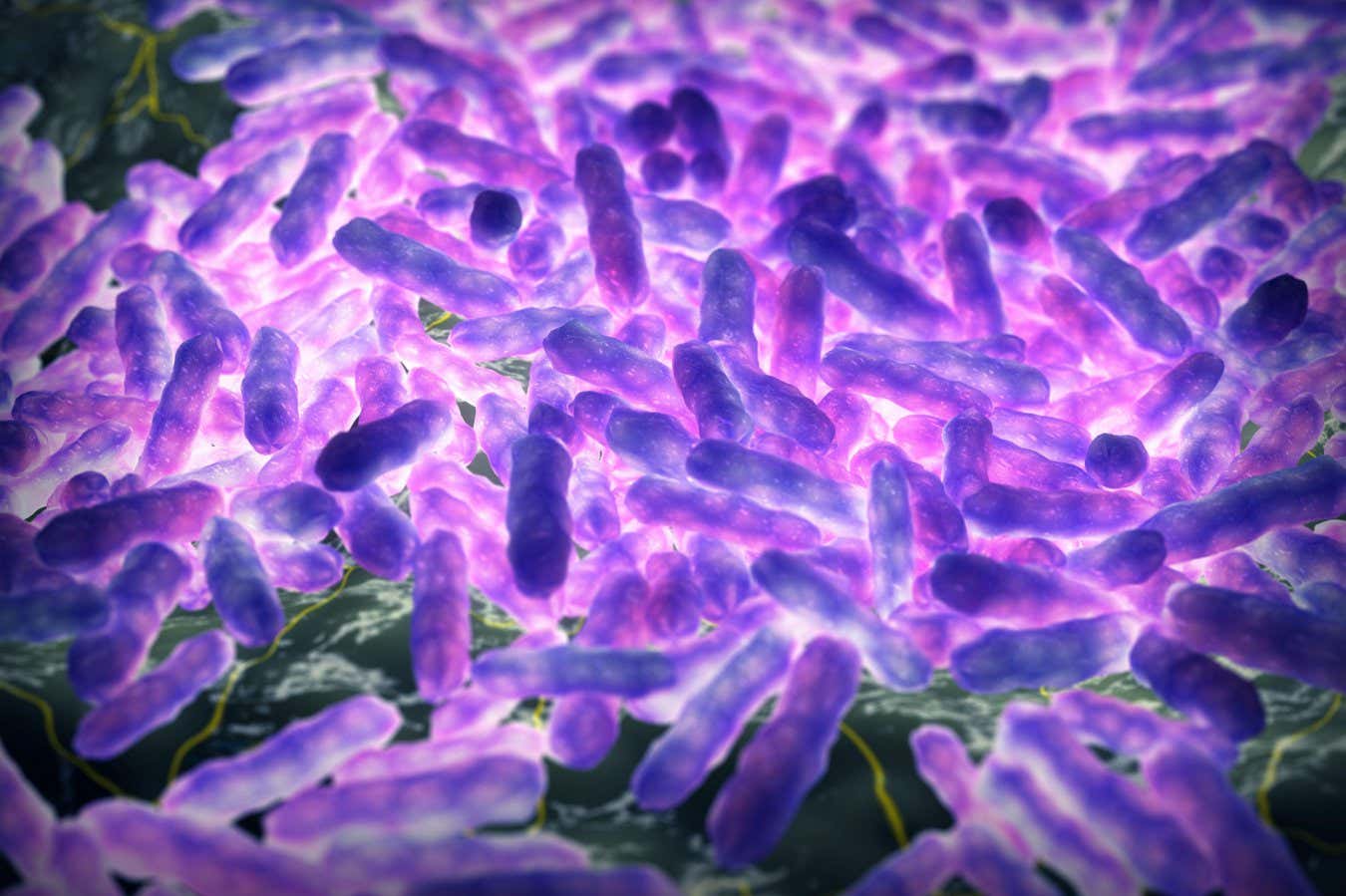Veho made its first robotic delivery on Tuesday, kicking off a testing-phase for dog-like robots to ferry packages from van to doorstep.



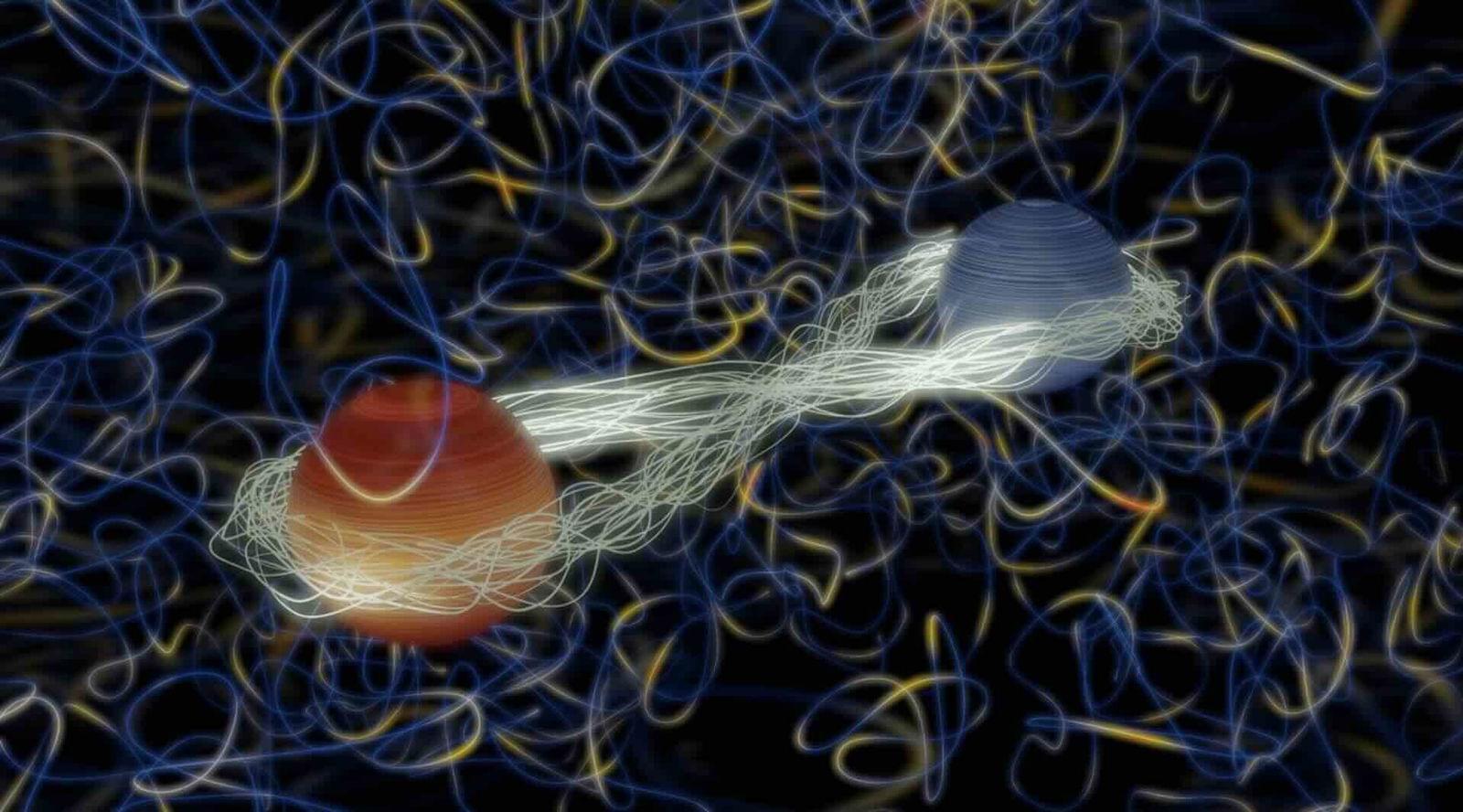
A novel microscopic imaging technique, developed by Brown University engineers to capture 3D images using quantum entanglement, may finally solve the problem of phase wrapping.
Undergraduate students Moe (Yameng) Zhang and Wenyu Liu presented their work at the recent Conference on Lasers and Electro-Optics. They worked on an independent project under the supervision of senior research associate Petr Moroshkin and Professor Jimmy Xu.
Discover the roles played by colossal General Systems Vehicles (GSVs) and enigmatic Torturer-class ships in the Culture’s post-scarcity society. Explore the ethical dilemmas they raise and the unique interactions they have with other civilizations. Join us as we delve into a universe where technology and ideology collide, shaping the destinies of galaxies.
Timestamps:
00:00 — Intro.
00:33 — System Vehicles.
04:09 — Contact Units.
05:50 — Offensive Units.
07:47 — Outro.
Thank you for listening!
For more deep dive into other sci-fi universe, subscribe to the channel.
#theculture #IanMBanks #ScienceFiction #CultureShips #IainMBanks #SciFiExploration #GSVs #AdvancedTechnology #GalacticCivilization #ScienceFictionUniverse #SentientStarships #CultureSeries #SpaceExploration #DiplomaticMissions #FuturisticShips #ArtificialIntelligence #UtopianSociety #DiverseCivilizations #PeacefulCoexistence #InterstellarTravel #SciFiLiterature
All Tomorrows Is One of the scariest sci fi stories ever…with the creepiest aliens ever…we gotta talk about it. #alien #alltomorrows #scifihorror.
DISCORD: https://discord.gg/r2vu82QHwW
TWITTER: https://twitter.com/CinemaVigilante?t=CiRgsSonQL603xD8-j5kpQ&s=09
Shout out to my boys TLK and Kedrio for composing the outro theme, check their stuff out here:
TLK youtube: https://www.youtube.com/@TLKmusicofficial.
TLK Spotify: https://open.spotify.com/artist/7rWMocwCb1tsp1WnokcJbk?si=OAnE-G1JR8CNykiL2kWpOg.
Kedrio’s Youtube channel: https://www.youtube.com/@KedrioMusicOfficial.

Vast, quasi-circular features on Venus’s surface may reveal that the planet has ongoing tectonics, according to new research based on data gathered more than 30 years ago by NASA’s Magellan mission.
On Earth, the planet’s surface is continually renewed by the constant shifting and recycling of massive sections of crust, called tectonic plates, that float atop a viscous interior. Venus doesn’t have tectonic plates, but its surface is still being deformed by molten material from below.
Seeking to better understand the underlying processes driving these deformations, the researchers studied a type of feature called a corona.
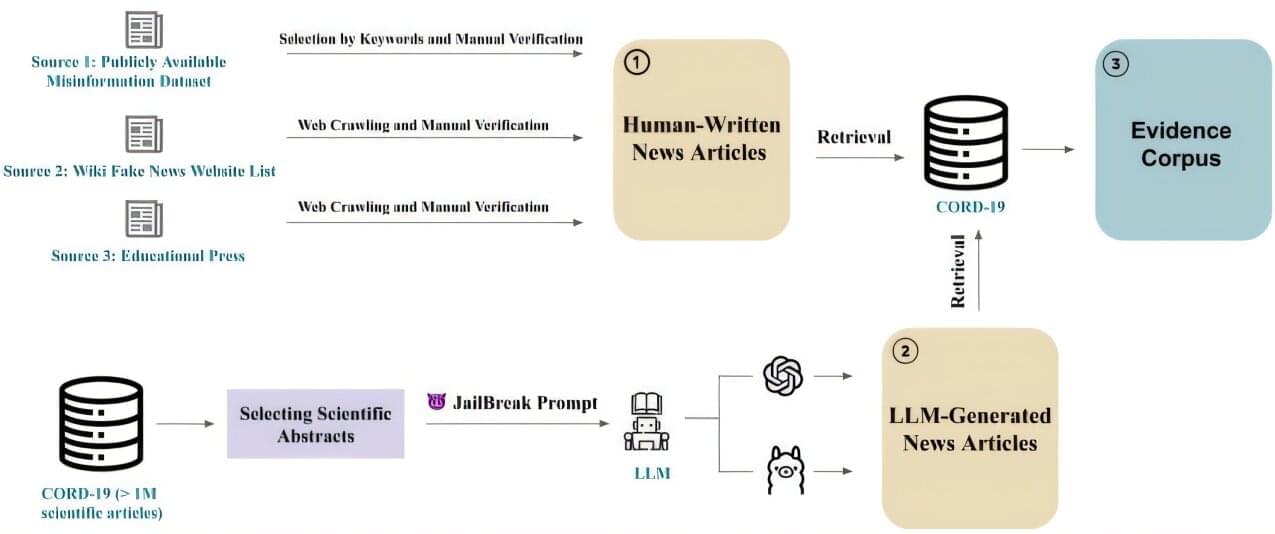
Artificial intelligence isn’t always a reliable source of information: large language models (LLMs) like Llama and ChatGPT can be prone to “hallucinating” and inventing bogus facts. But what if AI could be used to detect mistaken or distorted claims, and help people find their way more confidently through a sea of potential distortions online and elsewhere?
As presented at a workshop at the annual conference of the Association for the Advancement of Artificial Intelligence, researchers at Stevens Institute of Technology present an AI architecture designed to do just that, using open-source LLMs and free versions of commercial LLMs to identify potential misleading narratives in news reports on scientific discoveries.
“Inaccurate information is a big deal, especially when it comes to scientific content—we hear all the time from doctors who worry about their patients reading things online that aren’t accurate, for instance,” said K.P. Subbalakshmi, the paper’s co-author and a professor in the Department of Electrical and Computer Engineering at Stevens.
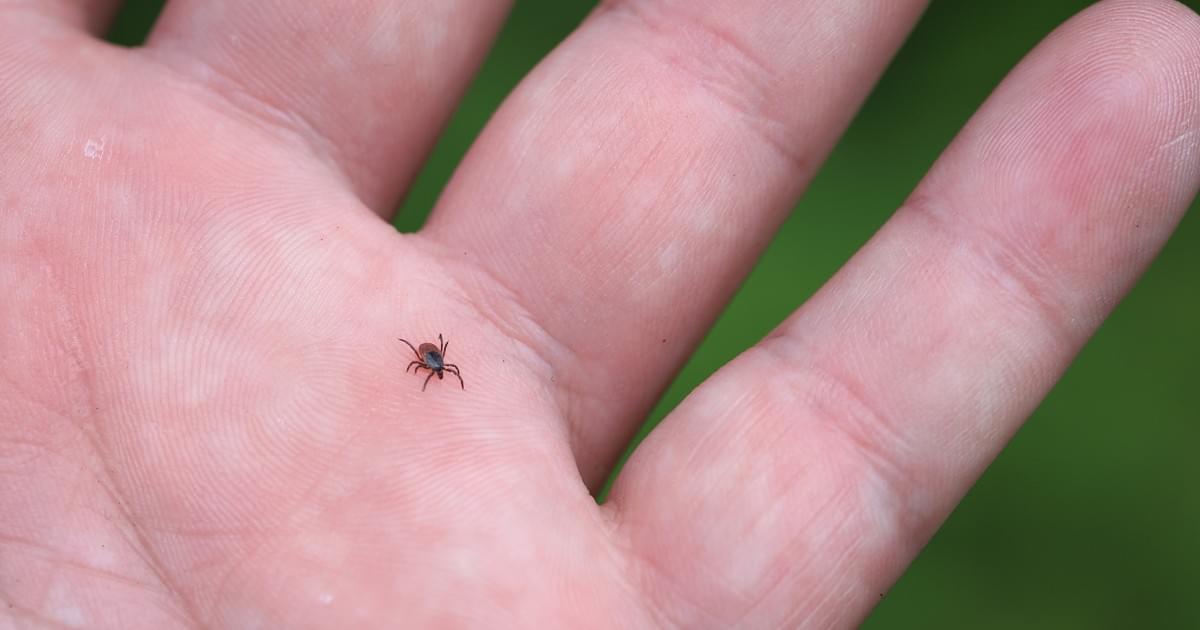
In two new studies led by bacteriologist Brandon L. Jutras, Northwestern scientists have identified an antibiotic that cures Lyme disease at a fraction of the dosage of the current “gold standard” treatment and discovered what may cause a treated infection to mimic chronic illness in patients. The studies were published in the journal Science Translational Medicine.
New studies offer insight into disease’s treatment, lingering symptoms.
Northwestern scientists have identified an antibiotic that cures Lyme disease at a fraction of the dosage of the current “gold standard” treatment and discovered what may cause a treated infection to mimic chronic illness in patients.
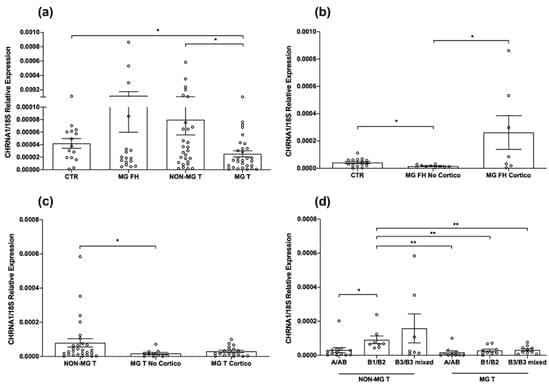
The thymus is widely recognized as an immunological niche where autoimmunity against the acetylcholine receptor (AChR) develops in myasthenia gravis (MG) patients, who mostly present thymic hyperplasia and thymoma. Thymoma-associated MG is frequently characterized by autoantibodies to the muscular ryanodine receptor 1 (RYR1) and titin (TTN), along with anti-AChR antibodies. By real-time PCR, we analyzed muscle—CHRNA1, RYR1, and TTN—and muscle-like—NEFM, RYR3 and HSP60—autoantigen gene expression in MG thymuses with hyperplasia and thymoma, normal thymuses and non-MG thymomas, to check for molecular changes potentially leading to an altered antigen presentation and autoreactivity.
